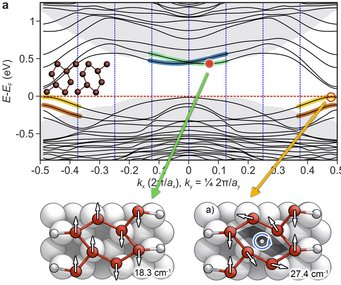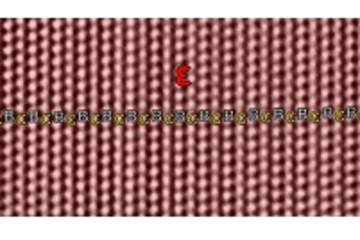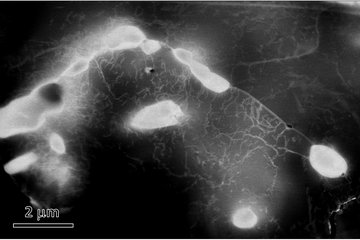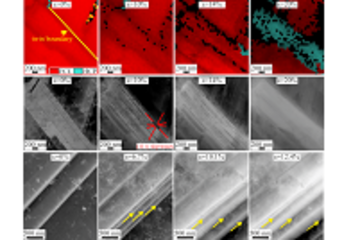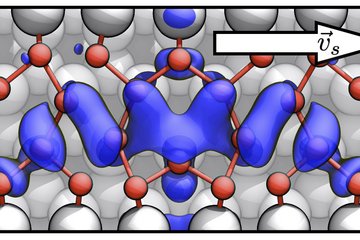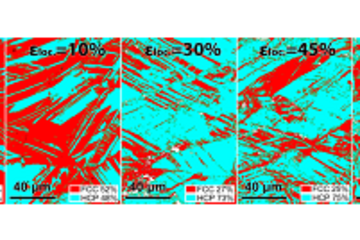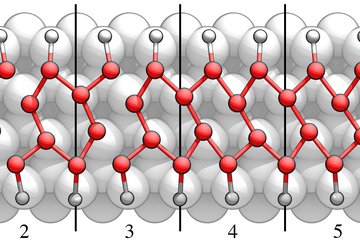
Ultrafast dynamics in charge density waves
Femtosecond laser pulse sequences offer a way to explore the ultrafast dynamics of charge density waves. Designing specific pulse sequences may allow us to guide the system's trajectory through the potential energy surface and achieve precise control over processes at surfaces.
Charge density waves (CDW) at surfaces are ideal model systems to study ultrafast processes and control schemes by femtosecond laser pulse sequences. The Si(111)-(8x2)In atomic wire array is one of the most popular systems of this kind. Its surface CDW is formed by a triple-band Peierls instability, driven by 3 soft phonon modes. Due to the strong electron-phonon coupling, it is an ideal testbed for control schemes in the spirit of femtochemistry.
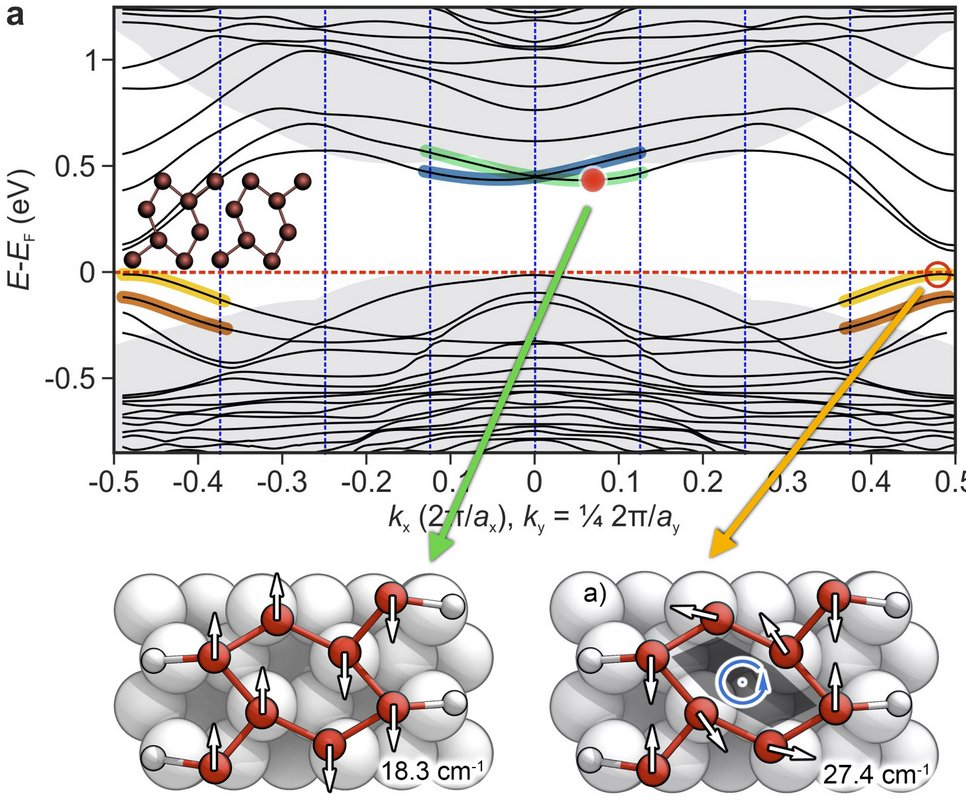
The (8x2) CDW phase of the Si(111)/In surface can be transformed into a longlived supercooled (4x1) phase by fs laser pulse excitation. This phase is metallic and metastable. Only after several hundred ps, the electronic structure recrystallizes into the CDW phase. These findings provide strong evidence that this transition is indeed of first order, as predicted by our ab initio thermodynamics calculations.
To explain the precise mechanism and dynamics of the CDW melting, we performed ab initio molecular dynamics (AIMD) simulations on the excited state potential energy surface, using constrained density-functional theory. A wavefunction tracking scheme was implemented to ensure correct occupations during AIMD evolution. By exciting specifically those electronic states that couple to the 3 soft phonons driving the phase transition, we demonstrated that the phonons - and thereby the phase transition itself - can be optically triggered. We directly observed the melting of the CDW within our AIMD simulations. We demonstrated that the transition occurs as fast as physically possible - at the quantum limit - within the regime of directed and deterministic nuclear motion. The time constants for the transition calculated from AIMD are in quantitative agreement with ultrafast pump probe low energy electron diffraction measurements.
These findings are an optimal starting point to design specific fs pulse sequences and to explore how to guide the system's trajectory through the potential energy surface. See also our project on solitonic excitations, which are collective 2-phonon excitations.
